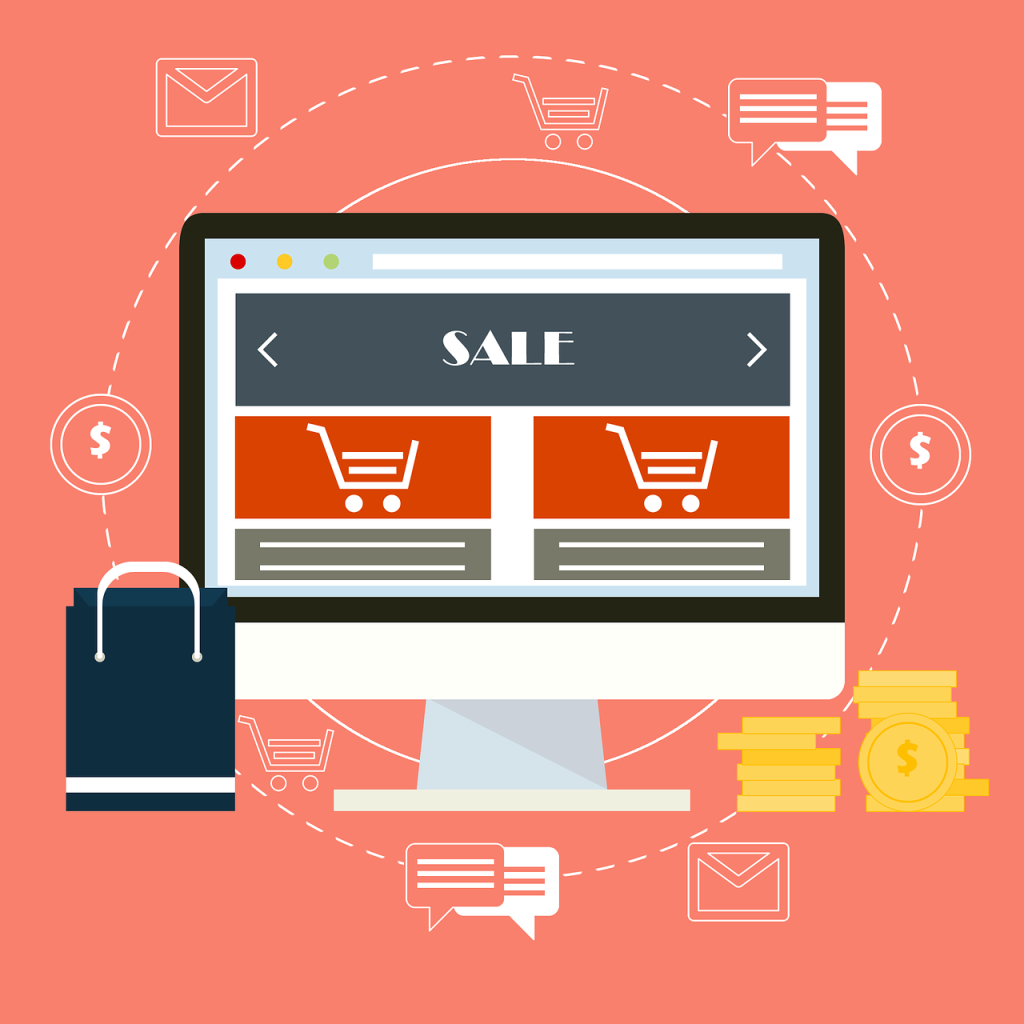
The pandemic has brought about significant shifts in various aspects of our lives, and cross-border e-commerce is no exception. As we step into the post-pandemic world, it continues to evolve with several notable trends emerging. Let’s explore these trends and make some predictions about the future of cross-border e-commerce.
I. Evolution of Consumer Behavior
1. Enhanced Online Shopping Habits
- Consumers have become more accustomed to shopping online for a wide range of products during the pandemic. Even after restrictions eased, many still prefer the convenience of browsing and purchasing from international e-commerce platforms. For example, people now regularly buy clothing, electronics, and even groceries from overseas stores with just a few clicks.
- They are also more likely to explore new brands and products from different countries, expanding the global market reach for cross-border sellers.
2. Demand for Seamless Experiences
- Customers now expect a smooth shopping journey, from easy website navigation to quick checkout processes. They want detailed product information, clear return policies, and fast customer service. Any glitches in these areas can lead to a loss of potential sales.
- Mobile shopping has gained even more traction, so optimizing e-commerce platforms for mobile devices is crucial to meet consumers’ on-the-go shopping needs.
II. Surge in New Digital Platforms
1. Rise of Niche Marketplaces
- There has been a growth in specialized e-commerce platforms that focus on specific product categories or target particular customer segments. For instance, platforms dedicated to handmade crafts, organic beauty products, or high-end collectibles have emerged, attracting both buyers and sellers with shared interests.
- These niche marketplaces offer a more curated shopping experience and can help small and medium-sized businesses find their niche in the global market.
2. Social Media as Shopping Platforms
- Social media platforms are increasingly integrating e-commerce features. Brands can now showcase their products directly in posts, and users can make purchases without leaving the app. Instagram Shopping and Facebook Marketplace are good examples, where influencers and brands collaborate to drive sales through engaging content and social recommendations.
III. Supply Chain Changes
1. Diversification of Suppliers
- To mitigate risks associated with disruptions like factory shutdowns or shipping delays, businesses are diversifying their supplier base. They are looking for alternative sources in different regions to ensure a steady flow of inventory.
- This also allows for access to a wider variety of products and potentially better prices, enhancing competitiveness in the cross-border e-commerce space.
2. Localized Warehousing and Fulfillment
- More companies are setting up local warehouses in key markets to reduce shipping times and costs. By storing inventory closer to customers, they can offer faster delivery options, such as same-day or next-day delivery, which is highly appealing to consumers.

IV. Vital Significance of Digital Trust
1. Secure Payment Systems
- With the increase in online transactions, consumers are more concerned about the security of their payment information. E-commerce platforms need to adopt robust encryption and authentication methods to safeguard against fraud and data breaches.
- Trusted payment gateways and digital wallets are becoming more popular as they provide an added layer of security and convenience for shoppers.
2. Transparency and Authenticity
- Customers want to know the origin and authenticity of the products they buy. Brands that can provide clear information about sourcing, quality certifications, and ethical practices are more likely to gain consumers’ trust and loyalty.
V. Advanced Shopping Models
1. Click-and-Collect Options
- Combining online and offline shopping, click-and-collect allows customers to order products online and pick them up at a local store or designated pickup point. This offers the convenience of online shopping while enabling consumers to get their purchases immediately.
- It also helps retailers drive foot traffic to their physical stores, creating opportunities for additional sales.
2. Virtual Showrooms and Try-Ons
- Using technologies like augmented reality (AR) and virtual reality (VR), brands are creating virtual showrooms where customers can view and interact with products as if they were in a physical store. Virtual try-ons for clothing, jewelry, and makeup are becoming more common, enhancing the online shopping experience.
VI. Sustainable E-commerce
1. Eco-Friendly Packaging
- Consumers are more environmentally conscious, and they prefer brands that use recyclable, biodegradable, or minimal packaging. E-commerce companies are responding by adopting sustainable packaging solutions to reduce waste and their carbon footprint.
2. Sourcing and Production
- There is a growing demand for products that are sourced and produced in an ethical manner, respecting workers’ rights and environmental standards. Brands that prioritize sustainability in their supply chain are likely to attract more customers in the long run.

The post-pandemic world is presenting both challenges and opportunities for cross-border e-commerce. By keeping up with these trends and adapting to the changing consumer demands, businesses can thrive in this dynamic global marketplace and continue to expand their reach across borders.





